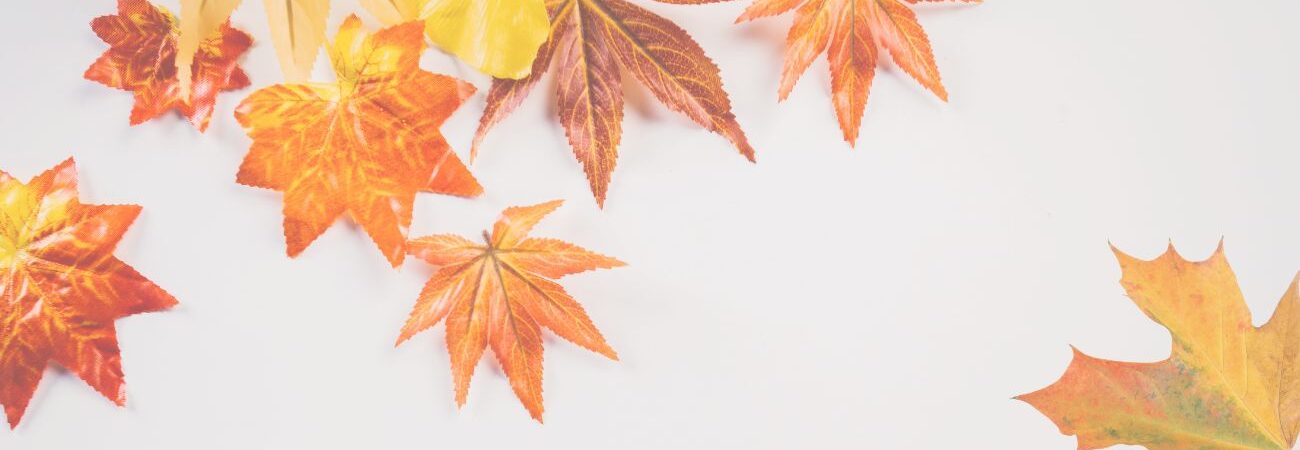Rain Defines the Tempo of Vancouver Life
Rain doesn’t just fall in Vancouver—it sets the rhythm of the day. It influences how people move, how they see their surroundings, and how the city feels. After the rain stops, the city doesn’t return to normal. It enters a slower, quieter phase.
A commuter stepping off a bus on Granville Street feels the pace change. Shoes hit wet pavement softly. The usual hum of traffic becomes muffled. Umbrellas close, and the sky brightens just enough to make shadows return. This moment of stillness isn’t an interruption—it’s part of the city’s natural rhythm.
The Streets Reflect More Than Light
After rainfall, Vancouver’s streets turn into mirrors. The wet surfaces don’t just reflect buildings and signs—they reflect mood and movement. Colors become richer. Shapes become distorted. Reflections double the visual field, changing how familiar streets look and feel.
A pedestrian walking near Robson Square may catch their reflection in a shallow puddle beside a newsstand. Behind it, distorted towers ripple on the street surface. The viewer doesn’t see just the present—they glimpse something layered, where light, water, and space reshape memory.
Public Spaces Pause and Reset
When the rain clears, public areas in Vancouver shift tone. Plazas, parks, and transit stations grow quieter, even in the middle of the day. Movement slows. People take longer to observe their surroundings. The city offers a brief reset.
In Olympic Village, the sound of footsteps becomes louder than traffic. Conversations drop in volume. A street musician packs up under a tree, not because of the weather but because the crowd has paused. The space breathes again. Stillness creates a moment of reflection in the city’s daily activity.
Window Views Capture Temporary Calm
Looking through windows after a storm reveals a softer version of the city. Glass frames the world in streaks, droplets, and blurs. These views don’t offer clarity—they offer calm. The city looks quieter when seen through the softened lens of rain.
Inside a café on Commercial Drive, a customer watches raindrops slide slowly down the window. Outside, bike lights flicker through lingering mist. The contrast between motion and stillness creates a layered experience. For a moment, the view holds more feeling than form.
Puddles and Shadows Mark Time Differently
Time after rain moves differently in Vancouver. Puddles reflect the sky as clouds shift. Shadows return with the sun and stretch across uneven surfaces. These details change quickly, creating a visual clock that marks the moment without numbers.
On a sidewalk near Chinatown, an office worker walking to lunch watches their reflection stretch and contract across wet concrete. Shadows from awnings and lamp posts fall in new directions. The passage of time becomes tied to texture and light, not just minutes and hours.
Nature Reclaims Its Place in the City
After the rain, nature becomes more visible. Tree trunks darken, leaves shimmer, and plants look freshly washed. This sudden clarity brings natural detail into sharper focus, even in the middle of urban neighborhoods.
In a residential block of Mount Pleasant, someone walking home notices the scent of cedar and soil. Rain has drawn it from the ground. The plants lining the sidewalk appear deeper in color, and even birds seem louder. The city hasn’t changed—but nature’s presence has become impossible to ignore.
Soundscapes Shift From Noise to Tone
Rain changes how the city sounds. It removes sharp edges from the usual noise. After a storm, the hum of traffic, the buzz of neon, and the chatter of voices return—but more gently. The echo of drops on rooftops gives way to a softer audio space.
A delivery cyclist moving through Yaletown hears tires roll through water and the faint shuffle of wet shoes along the sidewalk. Horns honk less frequently. Conversations carry further in the damp air. The soundscape doesn’t go silent—it settles.
Light Becomes a Moving Subject
When clouds break after rain, light doesn’t simply return—it moves. Sunbeams slip between buildings, reflect off windows, and highlight wet surfaces. These light patterns make the city feel alive and aware, even if no one else is watching.
A photographer standing near Science World watches sunlight flicker across the dome as puddles scatter reflections along the seawall. This light isn’t just brightness—it tells a story. It reveals detail and creates emotion through movement.
Human Activity Adapts to Atmosphere
The behavior of people in Vancouver shifts with the post-rain atmosphere. Conversations slow. Movement becomes intentional. People seem to notice more—the sky, the air, the spaces between buildings. It’s not the end of the storm but the space it left behind that guides this change.
Near a busy SkyTrain entrance, a group of students lingers by a mural. Normally, they rush inside, but after the rain, the colors seem richer and the air clearer. They wait longer, speak less, and move only when ready. This isn’t delay—it’s recognition of the moment.
Design Responds to Rain’s Aftermath
Vancouver’s architecture and urban planning account for rain. But the design doesn’t just manage water—it highlights what comes after. Drainage, overhangs, and materials work together to frame post-rain moments visually and physically.
At the entrance of a public library, the overhang sheds drops in a straight line, forming a narrow waterfall. Passersby watch it for a moment before stepping inside. This design isn’t decorative—it interacts with rain to create experience. After the storm, the structure becomes part of the city’s new rhythm.

